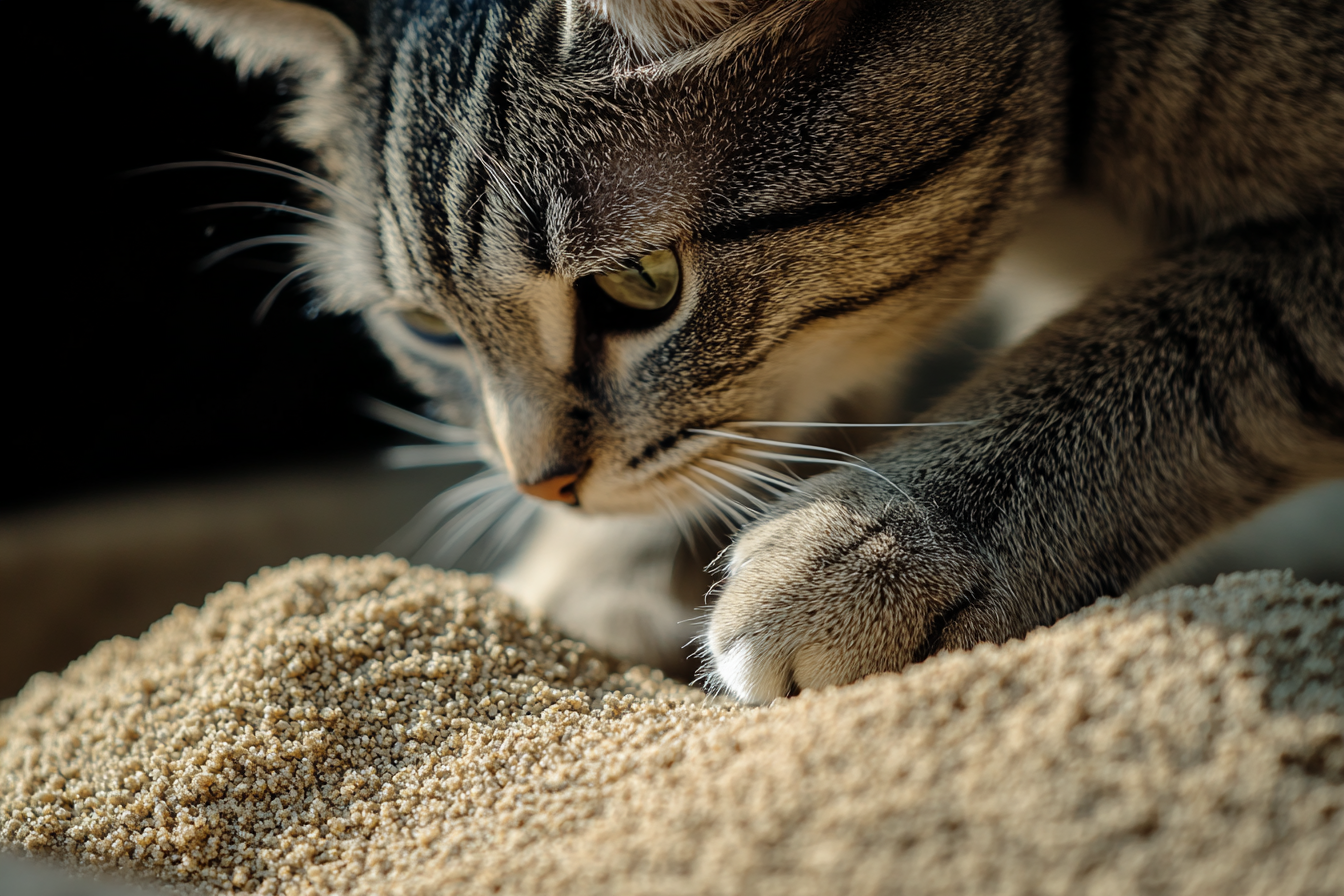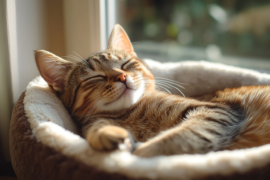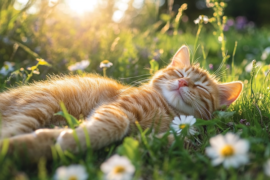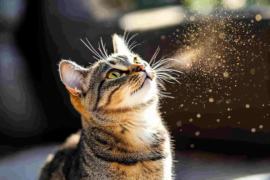As a cat mom I’ve become something of a litter box expert over the years. The secret to a happy cat often lies in creating the perfect bathroom setup. While it might seem simple – after all, it’s just a box with litter, right? – there’s actually quite a bit of science and psychology behind creating an environment where your cat feels comfortable and secure doing their business.
The Perfect Box: Understanding Size and Selection
Let’s start with the most important element: the box itself. Size matters more than most cat parents realize, and it’s one of the most common mistakes I see in my practice. Your cat’s litter box should be at least 1.5 times their length, giving them plenty of room to turn around, dig, and find the perfect spot. Think about it – cats are natural diggers, and they need space to perform their instinctive behaviors comfortably.
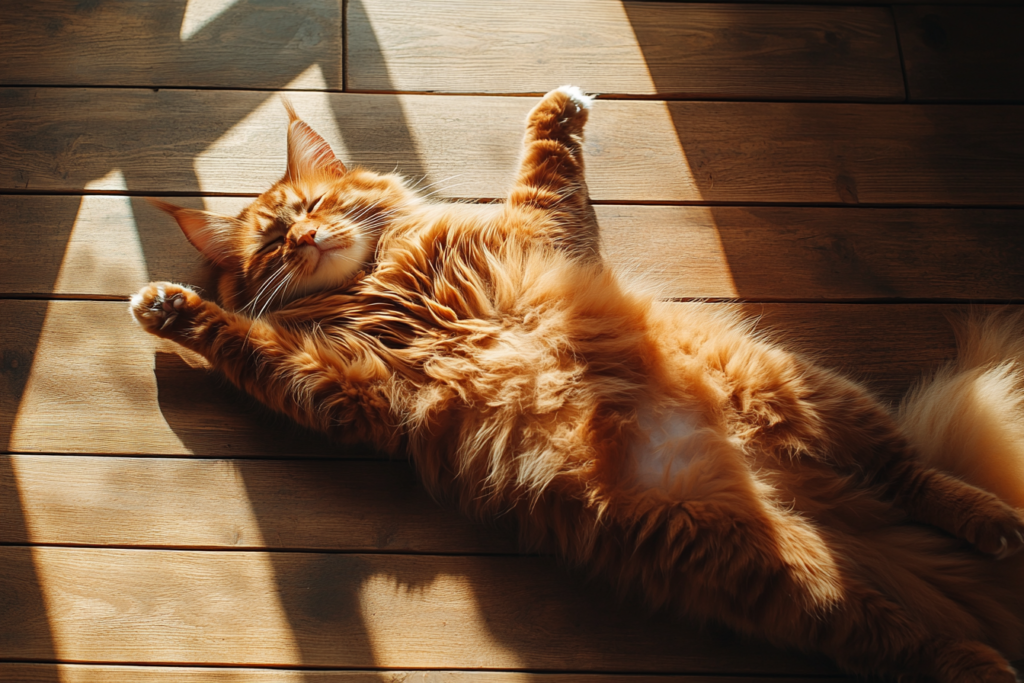
For my larger cats, I’ve discovered that many commercial litter boxes fall short of ideal dimensions. Here’s my favorite insider tip: use a large plastic storage container as a litter box. They’re inexpensive, spacious, and perfect for bigger cats or those who like their privacy. The added bonus? The higher sides help contain enthusiastic diggers who might otherwise scatter litter everywhere.
Essential Box Dimensions:
- Box length: 1.5x your cat’s length (from nose to tail base)
- Box width: At least as wide as your cat’s length
- Litter depth: 1-2 inches (not the 3-4 many use)
- Entry height: 5-6 inches for adult cats
- Distance from food: Minimum 3-5 feet away
While traditional litter boxes are a reliable choice, technology has made caring for your cats even easier. If you’re looking for a truly hands-off solution, I’ve tested two impressive automatic options:
The PetCove Self-Cleaning Litter Box ($379.90) is a great entry into automated solutions. Its smart app integration allows you to monitor usage and cleaning cycles, while the automatic cleaning mechanism keeps the box consistently fresh.
For those ready to invest in top-tier technology, the Litter-Robot 4 ($849.00) offers comprehensive tracking features, including weight monitoring and real-time notifications. Both options are excellent for multi-cat households and busy pet parents, though remember that any automatic box should still be regularly maintained and monitored.
Location: The Psychology of Perfect Placement
Think of your cat’s litter box location like real estate – it’s all about finding the perfect spot. In the wild, cats are both predator and prey, which means they’re at their most vulnerable when using the bathroom. This natural instinct doesn’t disappear just because they live in our homes.
Through years of observation, I’ve noticed that cats prefer quiet areas with good visibility and multiple escape routes. Consider how your cat navigates your home – they likely have favorite pathways and spots where they feel secure. These patterns can guide you in choosing the perfect location. Never place the box in a corner where your cat might feel trapped, and always ensure they have a clear view of approaching family members or other pets.
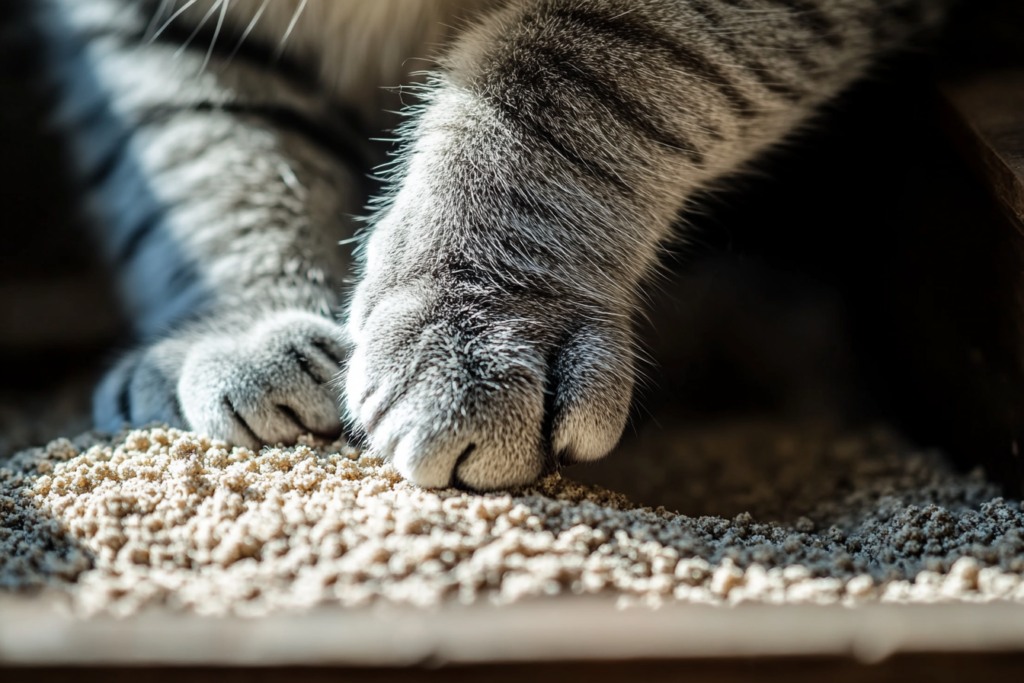
The ideal location should be away from their food and water. This isn’t just about aesthetics – it’s a natural instinct for cats to keep their elimination area separate from their eating area. It’s also crucial to keep the box away from noisy appliances like washing machines or dishwashers. Those sudden sounds can startle your cat and create negative associations with the litter box.
The Litter Factor: Quality, Quantity, and Type
When it comes to litter, the choices can seem overwhelming, but understanding your cat’s natural preferences makes the decision easier. Cats are descendants of desert animals, and their instinct is to eliminate in loose, sandy material that they can easily dig in. This is why most cats prefer clumping litter with a medium to fine texture.
One common misconception is that more litter is better. In reality, most cats prefer a shallower layer – about one to two inches deep. This provides enough depth for digging and covering while remaining stable under their paws. I’ve found that deeper litter can actually make some cats uncomfortable, as it shifts too much under their feet.
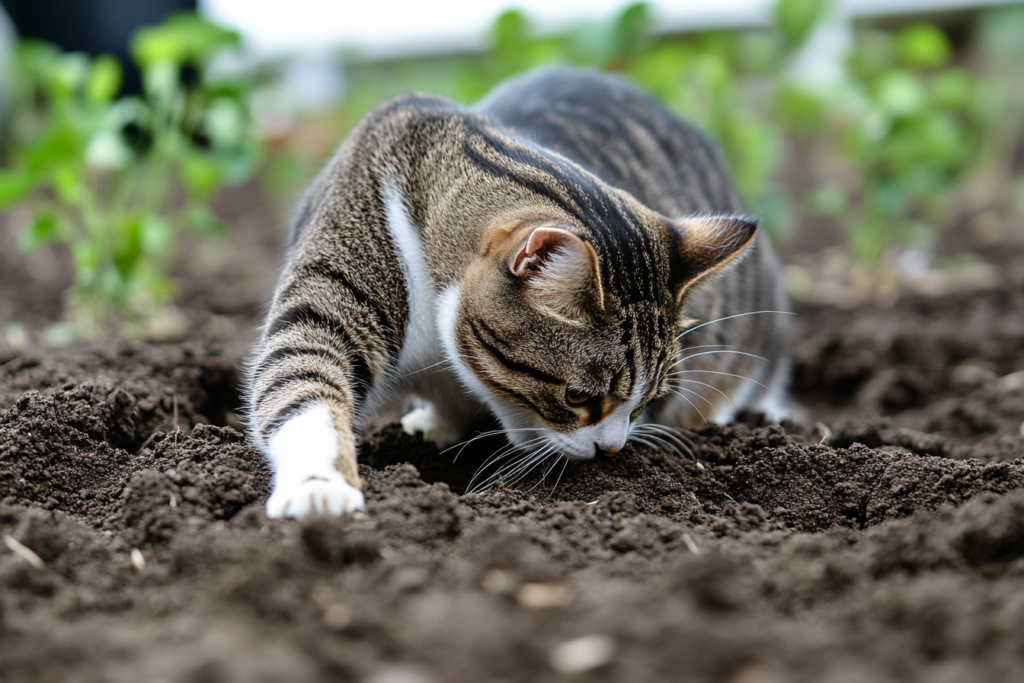
The scent of the litter is another crucial factor. While we might appreciate those fresh, floral scents, remember that your cat’s sense of smell is about 14 times stronger than ours. An unscented litter is usually the safest choice, letting your cat’s natural instincts guide them without overwhelming their sensitive nose.
Maintenance: The Key to Success
A clean litter box is fundamental to your cat’s bathroom happiness. Think of it this way – would you want to use a bathroom that hasn’t been cleaned in days? Cats are naturally clean animals, and many litter box problems stem from inadequate maintenance.
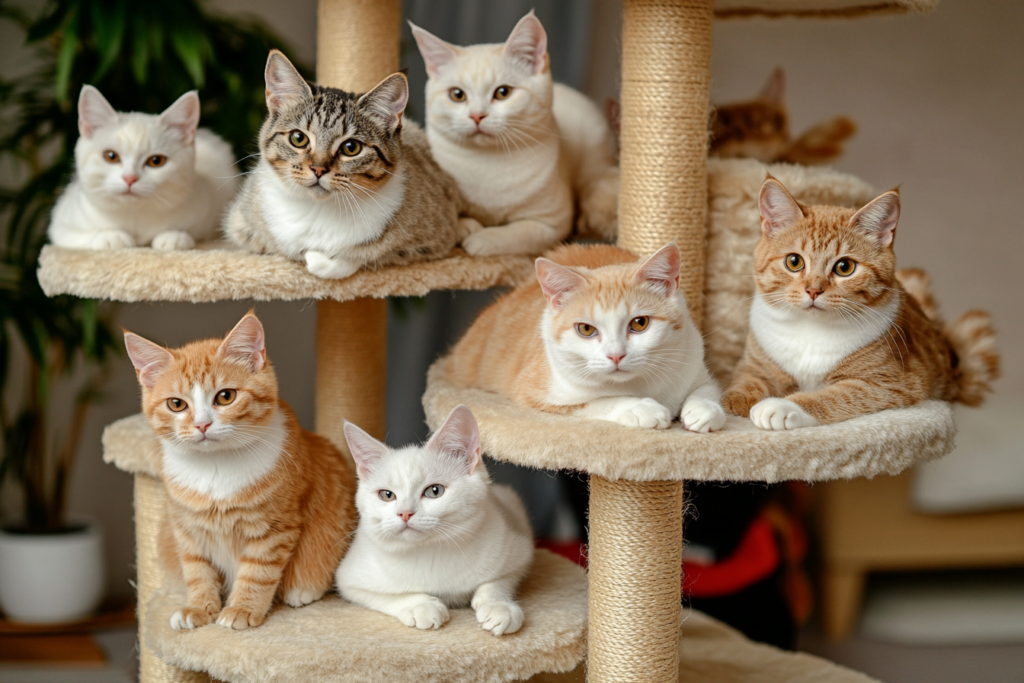
Here’s my professional cleaning schedule that keeps my cats happy and healthy:
Essential Maintenance Schedule:
- Daily: Scoop waste (morning and evening)
- Weekly: Complete litter change
- Monthly: Deep clean with unscented soap
- Quarterly: Check for box damage/wear
- Yearly: Replace plastic boxes completely
When doing a complete change, wash the box with warm water and unscented soap or baking soda. Avoid strong-smelling cleaners or ammonia-based products, as these can repel your cat. Let the box dry completely before adding fresh litter – moisture can lead to unpleasant odors and bacterial growth.
Special Considerations for Multiple Cats
Living with multiple cats brings its own set of challenges when it comes to litter box management. The general rule of one box per cat plus one extra isn’t just about convenience – it’s about respecting your cats’ territorial instincts. In my own home with three cats, I maintain four strategically placed boxes, each offering slightly different features to accommodate individual preferences.
Some of my cats prefer to urinate in one box and defecate in another, while others might avoid a box if another cat has recently used it. By providing plenty of options throughout your home, you help prevent territorial disputes and ensure everyone has access to a clean box when they need it. Think of it like having multiple bathrooms in a house – it just makes living together more harmonious.
Adapting for Special Needs
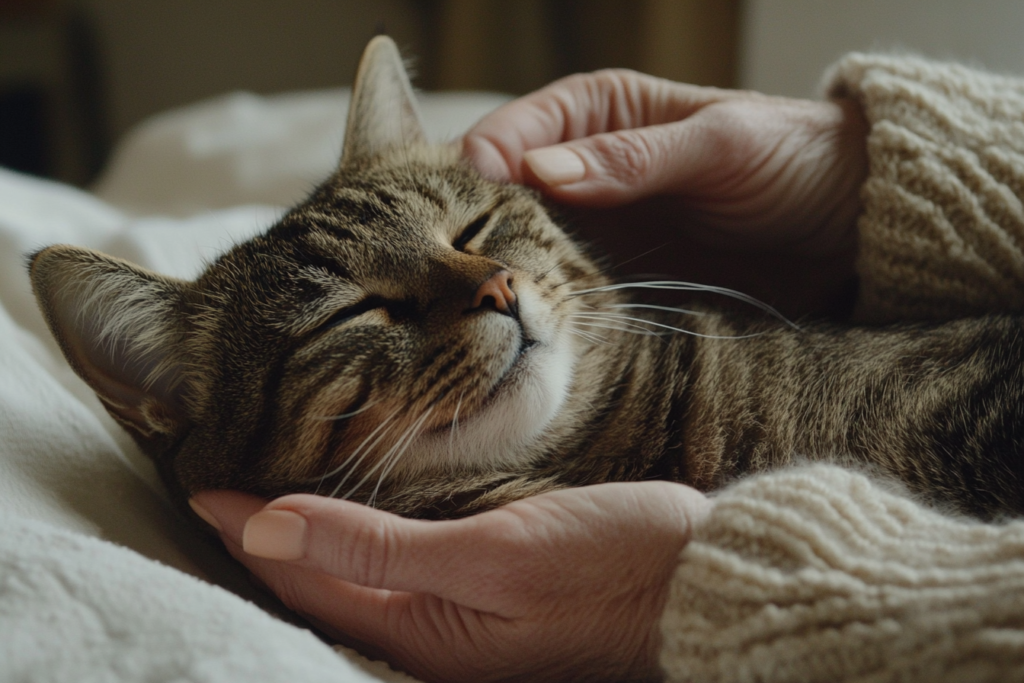
As our feline friends age or deal with mobility issues, their litter box needs often change. For senior cats or those with arthritis, consider boxes with lower sides or adding a gentle ramp for easier access. In my experience working with older cats, making these accommodations early can prevent them from developing aversions to their litter box due to physical discomfort.
Share Your Setup!
I’d love to see how you’ve created the perfect bathroom space for your feline friend! Send your photos and stories to [email protected]. Whether you’ve found an innovative solution for a challenging space or discovered the perfect litter type, sharing your experience could help other cat parents create their own purr-fect setup.
Happy scooping!
Lucy

